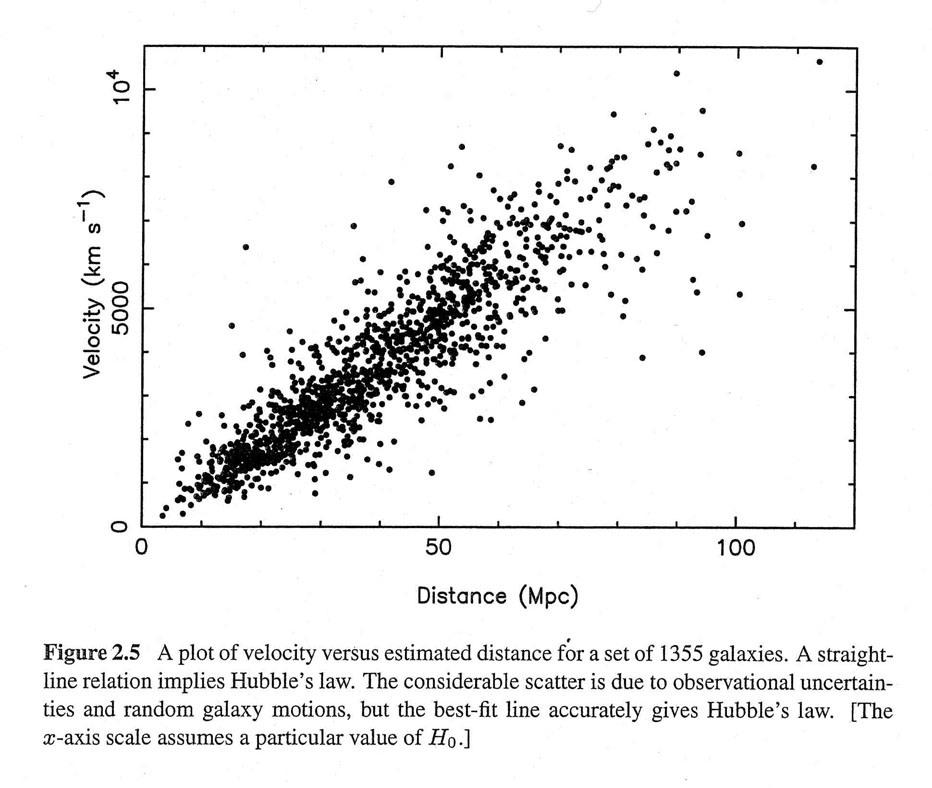I think most of us already know what a year is but I am going to give a definition anyways. A year is defined astronomically as the time taken by one body to orbit another body. So, earth year is time taken by earth to revolve around the sun and moon year is the time taken by moon to orbit the earth and this turns out to be what we call a month.
This was a simple definition but there are few other definition that is used less often.
Tropical year: Tropical year is the time taken for the tilt of the earth’s axis to come back to the same angle relative to the sun. (365.242 days)
Sidereal year: Sidereal year is the time amount of time before we come back and see the same stars rising behind the sun. (365.256 days)
Anomalistic year: We know that earth precesses while following its elliptical orbit and the amount of time between closest approaches to the sun is called anomalistic year. (365.260 days)
The time length will vary in all three types of years slightly. We use tropical year in our calendar because the use of this year makes it easy to mark the passage of the seasons.
The duration of year of every planet in the solar system vary. For example Mercury’s year is roughly 88 earth days and Neptune’s year is 165 earth years. There is also a galactic year and it is the amount of time solar system takes to orbit around Milky Way (about 0.25 billion earth years).
Leap Year
As we have already see a year has about 365 days plus some change. We will talk about the change later but even 365 cannot be divided nicely into 12 equal parts so our months have days ranging from 28 to 31 days. In the month of February there are generally 28 days but due to the change I have mentioned earlier, there is a month of February with 29 days in it. This happens every 4 years and this year when February has 29 days is called leap year.
So in a leap year there are 366 days. We are so used to relating season with months and the lack of leap year adjustment will slowly make our calendar go out of sync. Without the adjustment, every passing year will slowly increases the sync problem and in 30 years the calendar will be off by a week and in few hundred years the seasons would be flipped meaning we will be celebrating Christmas in summer.
How can this happen? As it turns out a year is about 365 days and six hours. So every year this six hours pile up making our calendar go out of sync. Apparently 365 days a year is too few and making a year 366 days is too much which again will disrupt the sync. So, the solution that came up was a leap year when we add an extra day on February after every four years.
Problem solved …. Right? No …
As it happens adding a day every four year is a little too much and it will disrupt our sync once again by one day per hundred years. This is not bad but to achieve more accuracy, something new is done. To fix this problem, a leap year is skipped every century. For example 1896 and 1904 was a leap year but 1900 wasn’t. Even this adjustment will have an error and our calendar will go faster by one day in 400 years. To solve this problem another condition is added. This rule says that if a century is divisible by 400 than it will be a leap year. So, to sum it up 1900 and 2100 aren’t leap years but 2000 was a leap year.
With this last adjustment the calendar is more accurate and error is about one day off in almost eight thousand years. This is good enough for now and if it comes to adjusting calendar after eight thousand year, we will see to it then. For now we are good.





